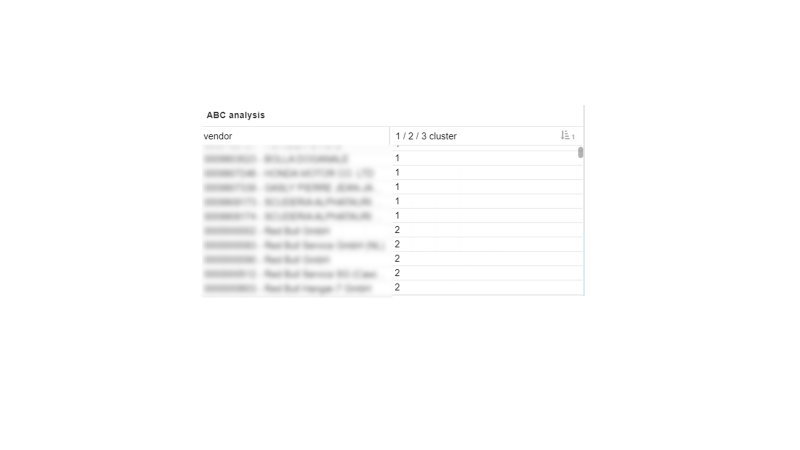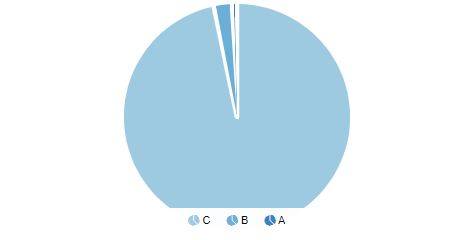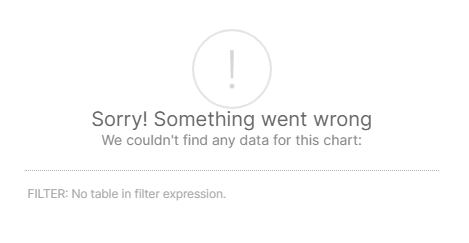Question
ABC: X% of suppliers do 80% of order value
Hi there,
I have the supplier names (LFA1.NAME1) and the order value (EKPO.NETWR).
I want to create the statistic, how many suppliers are relevant for 80% of the total order value. How is that possible. I tried to do that with ABC, but failed.
TOP X suppliers do 80% of total order value
TOP x% of the suppliers do 80% of total order value
Would be really great to find a solution.
Thx and br
Daniel
Enter your E-mail address. We'll send you an e-mail with instructions to reset your password.








 I suppose that this is not possible because the FILTERED_ABC() function is basically stuck in an endless loop: First it clusters the cases of the current data scope into ABC, then when I try to filter on only A cases, the ABC function would re-calculate all cases for the ABC clustering but then cases for only A would change again and so on and so forth.
I suppose that this is not possible because the FILTERED_ABC() function is basically stuck in an endless loop: First it clusters the cases of the current data scope into ABC, then when I try to filter on only A cases, the ABC function would re-calculate all cases for the ABC clustering but then cases for only A would change again and so on and so forth. 
